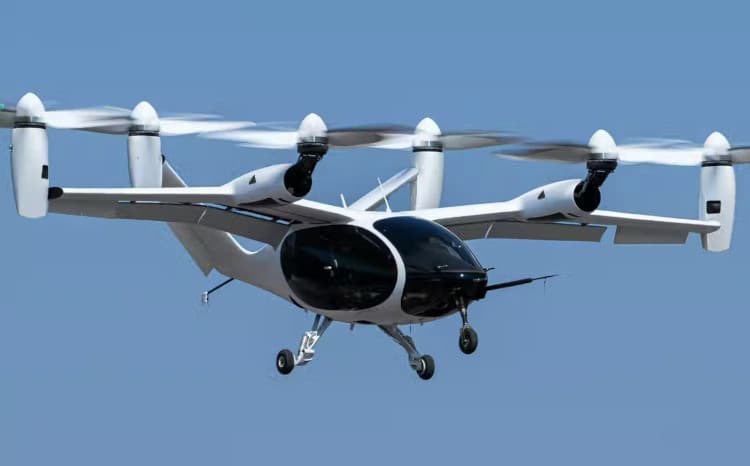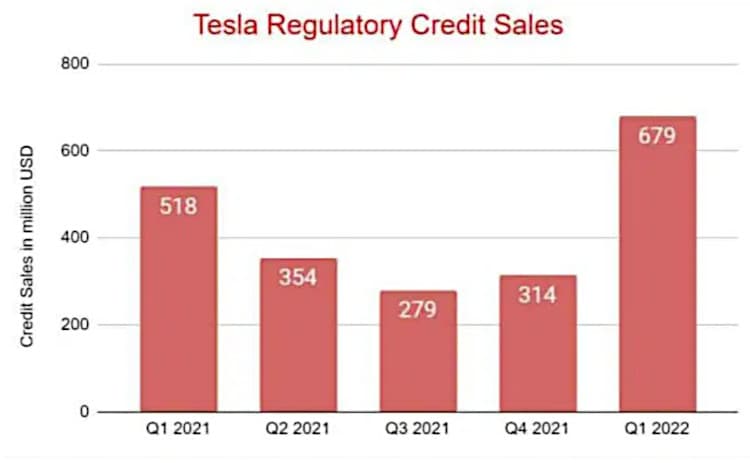Can eVTOLs be Cost Competitive with Cars?

In the latest burst of indignant outrage that passes for news these days, a bunch of media outlets (of sorts) including Rolling Stone (huh?) jumped on a report by some obscure market data analytics company called Yard about the excessive use of private jets by celebrities. There were lots of statistics about carbon emissions, along with plenty of shaming. Singer-songwriter Taylor Swift topped the list by emitting more than 1,000 times the CO2 as the average person does in a year. If nothing else, it makes a useful introduction to today’s article about electric flying cars, also known as electric vertical takeoff and landing (eVTOL) aircraft.

Rather than spewing pollution and noise like planes and helicopters, eVTOLs are drone-like, battery-powered contraptions designed to disrupt city congestion by offering short hop routes within or between cities. ESG types are hyping the fact that these electric flying cars emit no emissions and much less noise pollution than their fossil fuel counterparts. Spend any time in major megalopolises like Los Angeles, where whirlybirds are constantly buzzing overhead, and you’ll quickly appreciate the concept.
What is Advanced Air Mobility?
The big question is whether the concept can become commercially viable. Previously called urban air mobility, the latest catch-all term for this futuristic transportation system is advanced air mobility (AAM). The term refers to an air transportation system that moves people and cargo using these new flying technologies. NASA is a big proponent of AAM, hosting all sorts of workshops with industry, as well as content on its website. About 350 companies are in some stage of designing and developing nearly 600 eVTOL aircraft worldwide, according to the Vertical Flight Society. Last year represented something of a tipping point, with $5.8 billion in investments to eVTOL companies, several of which went public by merging with special purpose acquisition companies (SPACs). That’s more than the $4.5 billion invested in the previous decade.

Earlier this year, we profiled six eVTOL stocks and later narrowed the list down to the best eVTOL stock for investors to watch. Note that the key word is “watch” not “buy.” That’s because a) we never tell our readers what they should do with their money and b) the industry has yet to take off (pun very much intended). Of course, we’re not the only ones paying attention to this emerging industry. Analysts from Deloitte seem especially bullish on the eVTOL theme, producing a series of reports, culminating this year in one called “Advanced air mobility: Disrupting the future of mobility.” It seemed worth our time to poke the bear … er, bull .. and see if eVTOLs can be cost competitive with cars and other modes of transportation.
Comparing Apples to Apple Pie
Let’s start with the most popular use case for eVTOLs as a high-flying alternative to city taxis or ride-hailing services like Uber and Lyft. The graph below attempts to compare the per-mile costs of both regular and premium taxis against eVTOLs.

The costs of the former come from “Deloitte’s analysis based on publicly available data from leading ride-hailing companies in the United States.” Fine. That’s what these guys and gals are paid to do. The $3 per mile charge for eVTOLs comes from a June 3, 2021 investor presentation by Joby Aviation (JOBY) shortly before the company merged with a SPAC. In other words, that number is probably a wee bit on the optimistic side to make the rest of the company’s math look reasonable to investors.

The bigger issue here is that Deloitte analysts took one estimate from one company (out of the 350 developing eVTOLs) as the baseline for the centerpiece of their analysis. Of course if they decided to choose other SPAC estimates the picture would still be pretty rosy. Maybe NASA’s estimates are more realistic?

The above graphic came from an article by FLYING titled How Much Will It Cost to Fly on eVTOL Air Taxis? They’re equally skeptical about the cost projections and did our work for us by using Blade Air Mobility as a benchmark to guesstimate costs for consumer. The end result? “An eVTOL flight would be more comparable to a black car livery service, not a basic car rideshare.”
Until Joby and its competitors actually start flying, scaling, and building their transportation networks (including the costs of retrofitting infrastructure to support skyports or vertiports or whatever we’re calling them), these estimates seem rather pie in the sky to us.
Time Flies When You Fly
Time is money, and the ability to get someone from Point A to Point B faster seems like the most obvious advantage for eVTOLs over a car trip across the Mad Max hellscapes of cities like Boston and Bangkok. For example, a 20-mile trip from JFK airport to New Yawk City would take about a third the amount of time as a taxi ride. While the big brains at Deloitte believe intracity travel will be the main driver for eVTOL adoption, there is also a use case for intercity travel. The example below compares both taxi and plane options against eVTOLs for travel between Boston and New Yawk City. Again, flying taxis outrun the competition, especially when you factor in the time wasted at airports waiting in lines.

However, the cost of an eVTOL is five times or more than that of being jammed into a flying pill capsule with wings. Most of us have more time than money, and the above scenario relies on estimates from Joby, which are based on scaling to hundreds and eventually thousands of flights per day by 2030. While the Uber comparisons are inevitable, they are misleading. Uber is an app company that shanghais recruits drivers who use their own vehicles on roads built with taxpayer money. Joby and many other eVTOL companies are product manufacturers and fleet operators. That sort of capital-intensive scalability will not come quickly, especially in today’s supply chain-challenged world.
A Greener Way to Get Around
You probably noticed that these graphs also compare CO2 emissions – the kind of stats that make ESG types salivate. About 40% of CO2 generated from transportation comes from passenger cars, according to the U.S. EPA. Zero operating emissions by eVTOLs is certainly a good thing, but the carbon emitted from charging all those batteries made from pillaging the planet mining rare metals are not counted in these estimates. Of course, none of this has anything to do with the ability of AAM companies to make money.
Strangely, the Deloitte analysts did miss one potential profit perk: carbon credits. While we generally discount revenues that rely on government incentives, carbon credits have become a fixture in the green economy. They may go away someday when we live in a fossil-free world, but we’ll probably all be fossils ourselves by then. Consider that Tesla made about $5.5 billion in profit on more than $53 billion in revenue last year. While sales of these regulatory credits to gas-guzzling automakers contributed only $1.5 billion (less than 3%) of total revenues, it’s basically free money that the electric vehicle automaker can bank. It’s pure profit, accounting for more than 25% of the company’s net gain.

That sort of math hasn’t been lost on Joby Aviation, which has already floated the idea of selling carbon credits to airlines to offset their emissions. The eVTOL company is partnering with JetBlue and others to create a voluntary market within the aviation industry.
Conclusion
The problem with emerging markets is that you never know if they’re going to soar or go sideways – and then it’s often too late. The June 2022 Deloitte report certainly doesn’t provide any sort of clear-headed clarity on the emerging eVTOL market that retail investors should rely upon. It is written almost as if commissioned by Joby Aviation, presenting the most bullish case possible. We would expect to see a more critical analysis from one of the world’s biggest accounting and consulting firms. Here are some takeaways:
- The analysis on cost competitiveness with cars shouldn’t rely on data from just one company out of hundreds. A sensitivity analysis would have been useful to explore what variables matter most.
- Commercialization is supposed to begin by 2024. Likely taken from investor presentations, this estimate seems overly optimistic, given the regulatory hurdles, manufacturing challenges, and infrastructure development required. It will take years before eVTOL transportation can scale to be cost competitive – if ever. More likely, it will be an option for the rich and famous like Taylor Swift.
- Another hurdle: pilots. While the long-term goal is for eVTOLs to be fully automated, we’ve seen how well that’s gone for autonomous vehicles. To scale commercially, companies will need hundreds if not thousands of pilots. Airlines are struggling to meet demand today, partly due to a pilot shortage.
- The biggest advantage is time. If eVTOL companies can truly build comprehensive transportation networks, the ability to bypass traffic congestion and wave at the plebeians below from the sky could be priceless to some.
- The greentech angle is real, and the eVTOL industry may eventually benefit from the sort of government support enjoyed by EVs. In fact, there is some legislation advancing in that direction.
So far, the cons (the reality) far outweigh the pros (the hype). To once again butcher paraphrase Peter Thiel: We were promised flying cars, and all we got were celebrities in private jets.






